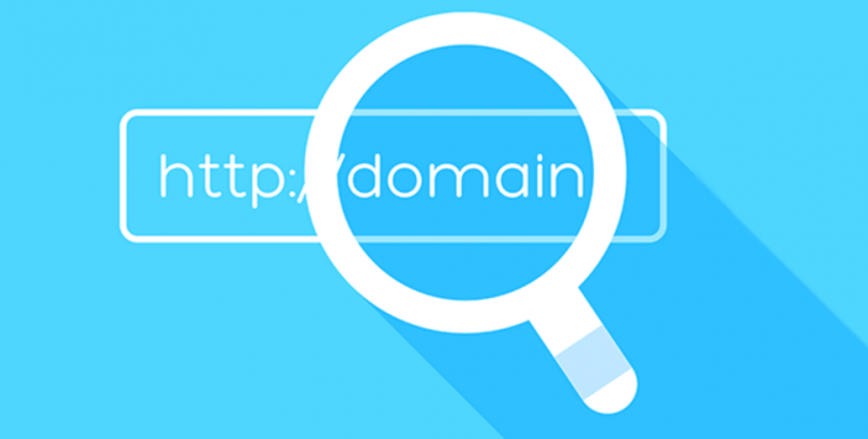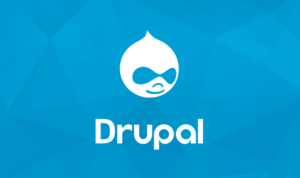Domain Finder – Our domain name search tool lets you search for domain names, domain extensions, and domains for sale at the same time. Results appear instantly.
Simply enter the web address you want to register into the search box. If the name you entered has already been registered, we’ll list any available alternatives. If the domain is available, follow the on-screen instructions to complete the registration process.
Domain Finder
Once you have registered your domain name it’s time to use it. Maybe you want to funnel visitors to a landing page built especially for sales, or forward them to your personal Twitter page – it’s completely up to you how you use it. You can also create personalized email addresses based on your domain name. This helps to build trust in your brand and promote your company.
What is a domain name?
A domain name is a bit like your physical address in that it’s how people find you out there on the World Wide Web. That’s why we call the bar at the top of a web browser the address bar – it’s where you enter a domain name to find a website.
If a domain name is like your address then the server your website is hosted on is like the physical building. When you create a website, you set your domain name to point to your server so that if people want to find your website, they can enter your domain name and it’ll take them straight there. Without a domain name, visitors would have to enter the IP address (e.g. 87.249.281.92) of your server.
Pretty much every website that you visit uses a domain name. Google.com is a domain name, for example. Facebook is the name of the website and Facebook.com is their domain name.
Domain names come in all shapes and sizes, but the one thing that they all have in common is that they’re made of two parts – the label (i.e. ‘Hostinger’) and the top-level domain (i.e. ‘.com’). A huge variety of top-level domain extensions are available, from country codes (i.e. ‘.co.uk or .de’) to specific codes for sectors like .gov for government organisations and .edu for educational institutions.
On top of that, with over 330 million registered domain names, the Internet Corporation for Assigned Names and Numbers (ICANN), which manages the overall architecture of the domain name system, recently recognised the need for a new type of domain name. Because of this, they announced a whole heap of new generic top-level domain extensions (gTLDs), from .bike and .clothing to .guru and .ventures.
The result is that there’s a huge amount of variety out there when it comes to choosing a domain name, but at the same time it can be difficult to find the right one for you or your company. It’s a big decision – and potentially one of the biggest you’ll ever make. And while you can change it later if you need to, it’s usually best not to if you can avoid it.







